Thinking about building a desktop PC based on a Ryzen processor? If so, you can save cash on memory, because none of the Ryzen 7000 and Ryzen 9000 CPUs benefit much from high-end DDR5 RAM. Here’s why.
Zen 4 and Zen 5 CPUs Don’t Have Great Memory Scaling
AMD Zen 4 (Ryzen 7000) and Zen 5 (Ryzen 9000) CPUs are memory-sensitive. In other words, using faster DDR5 memory can boost their performance in games and productivity-related tasks, but only up to a certain point.
Once you move past DDR5-6000 RAM with tight memory timings (such as CL30 or CL26), the performance boost provided by faster memory (e.g. DDR5-7200 or DDR5-8000) becomes negligible.
This aligns with AMD’s official recommendation, which identifies DDR5-6000 memory as the optimal choice for Zen 4 CPUs. Testing performed by various outlets, such as Hardware Unboxed, confirms AMD’s claims.
Enter the Zen 5 lineup, and things haven’t changed much. According to the testing performed by TechPowerUp, covering both productivity and gaming scenarios, DDR5-6000 memory with tight timings remains the sweet spot for Zen 5 CPUs.
Hardware Unboxed has come to a similar conclusion: in most cases, DDR5-6000 memory has remained the sweet spot for Ryzen processors. You will gain a couple of extra frames with high-end memory kits, such as DDR5-8000, and a few more in CPU-limited esports titles. But in most cases, the additional cost is not worth the extra investment.
But why don’t Ryzen CPUs compatible with the AM5 CPU socket play nice with DDR5 memory faster than 6000MT/s?
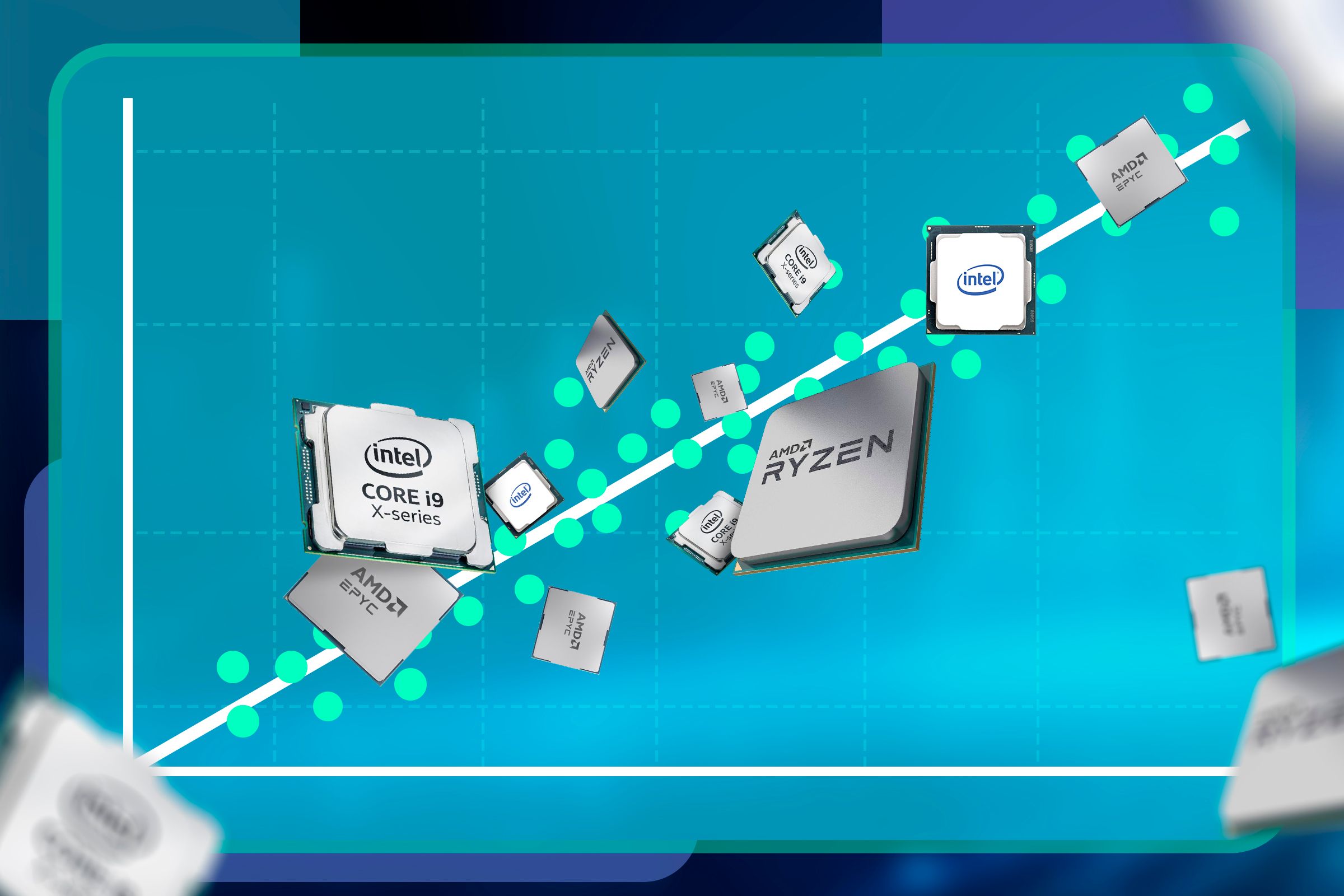
Related
High-End CPUs vs Budget CPUs: What’s the Difference and Which Do I Need?
Why pay for more cores when few cores can do the trick?
It All Boils Down to the I/O Die and Unified Memory Controller
AMD’s Zen 4 and Zen 5 CPU architectures feature a multi-die design. Firstly, we have the Core Complex Dies (CCDs), which host CPU cores responsible for computing tasks. There’s also the I/O die, responsible for regulating the flow of data between the CPU cores, memory, and other components such as the GPU and storage drives.
Infinity Fabric is the interconnect bridging the CPU cores residing inside CCDs and the I/O die. Finally, you’ve got the unified memory controller housed inside the I/O die. The memory controller is responsible for routing the data between Infinity Fabric and RAM modules.
The final piece of the puzzle is the memory clock, which refers to the speed of the DDR5 memory chips found on the memory modules. Note that since we’re talking about double-data-rate (DDR) memory, the actual frequency of the memory clock is half the speed of the memory.
For instance, if you have DDR5-6000 memory, its actual clock is set at 3000MHz. DDR5-7200 memory actually runs at 3600MHz, and the high-end DDR-8000 memory has its clock set at 4000MHz.
In a perfect situation, you want a 1:1:1 frequency ratio between Infinity Fabric, the unified memory controller, and memory frequency. This frequency ratio allows for the lowest possible latency, resulting in the best possible CPU performance.
Older Ryzen architectures such as Zen 3 (Ryzen 5000) could achieve a 1:1:1 frequency ratio between Infinity Fabric, the memory controller, and memory frequency because they’re limited to the slower DDR4 memory.
For example, I didn’t have any issues coupling DDR4-3600 memory running at 1800MHz with my previous Ryzen 5600X CPU since both its Infinity Fabric and memory controller could easily run at 1800MHz as well. Upgrading my CPU to a Ryzen 5700X3D didn’t change things. I still run the components at a 1:1:1 frequency ratio without a problem.
However, the kicker with newer Zen architectures, which are only compatible with DDR5 memory, is that Infinity Fabric cannot achieve frequency parity with DDR5 memory as it could with DDR4 memory because the former operates at much higher clock speeds.
Thus, starting with Zen 4, AMD decided to let the BIOS automatically set the Infinity Fabric Clock (FCLK), which usually results in an FCLK of 2000MHz or 2100MHz, lower than even the slowest DDR5 memory available on the market—DDR5-4800 running at 2400MHz. The end result is the clock ratio of Auto:1:1 in a perfect scenario.
But the memory controller clock (UCLK) found in Zen 4 and Zen 5 cannot break the 3000MHz limit unless you win the silicon lottery with your CPU, in which case you might manually set it to about 3200MHz at best.
This is the reason why DDR5-6000 memory is the sweet spot for Zen 4 and Zen 5 CPUs. DDR5-6000, which actually runs at 3000MHz, allows for a 1:1 clock ratio between the memory controller and memory frequency.
You can go higher, mind you, but in doing so, the memory controller clock will drop to half of its maximum frequency (1500MHz), changing the frequency ratio to 2:1. This leads to extra latency and performance penalties, negating the performance gains brought by using faster DDR5 memory that sports higher memory bandwidth.
At the end of the day, the sweet spot for Zen 4 and Zen 5 CPUs is DDR5-6000 CL30 memory. You can opt for a pricier memory. In that case, however, you risk running it at a 2:1 frequency ratio with the memory controller, which diminishes the performance boost you gained from using faster and more expensive DDR5 memory.
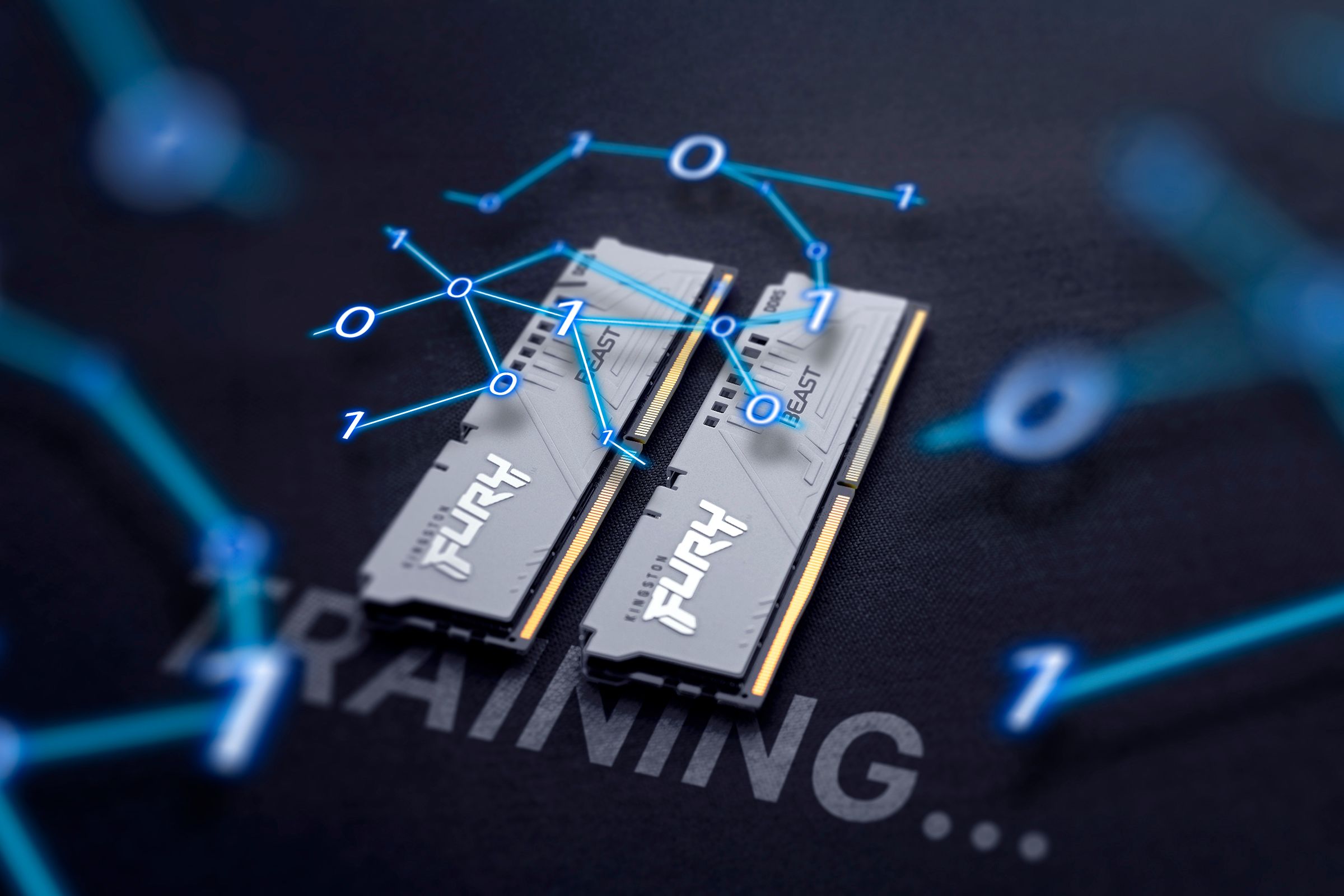
Related
What Is DDR5 Memory Training?
It’s not just humans that benefit from memory training.
DDR5-6000 CL30 Memory Kits I Recommend
Instead of shelling out extra cash on pricey DDR5 memory, just get yourself a DDR5-6000 CL30 kit and funnel the savings towards a better GPU, a higher-capacity SSD, or something else. Just don’t spend the savings on a pricier motherboard.
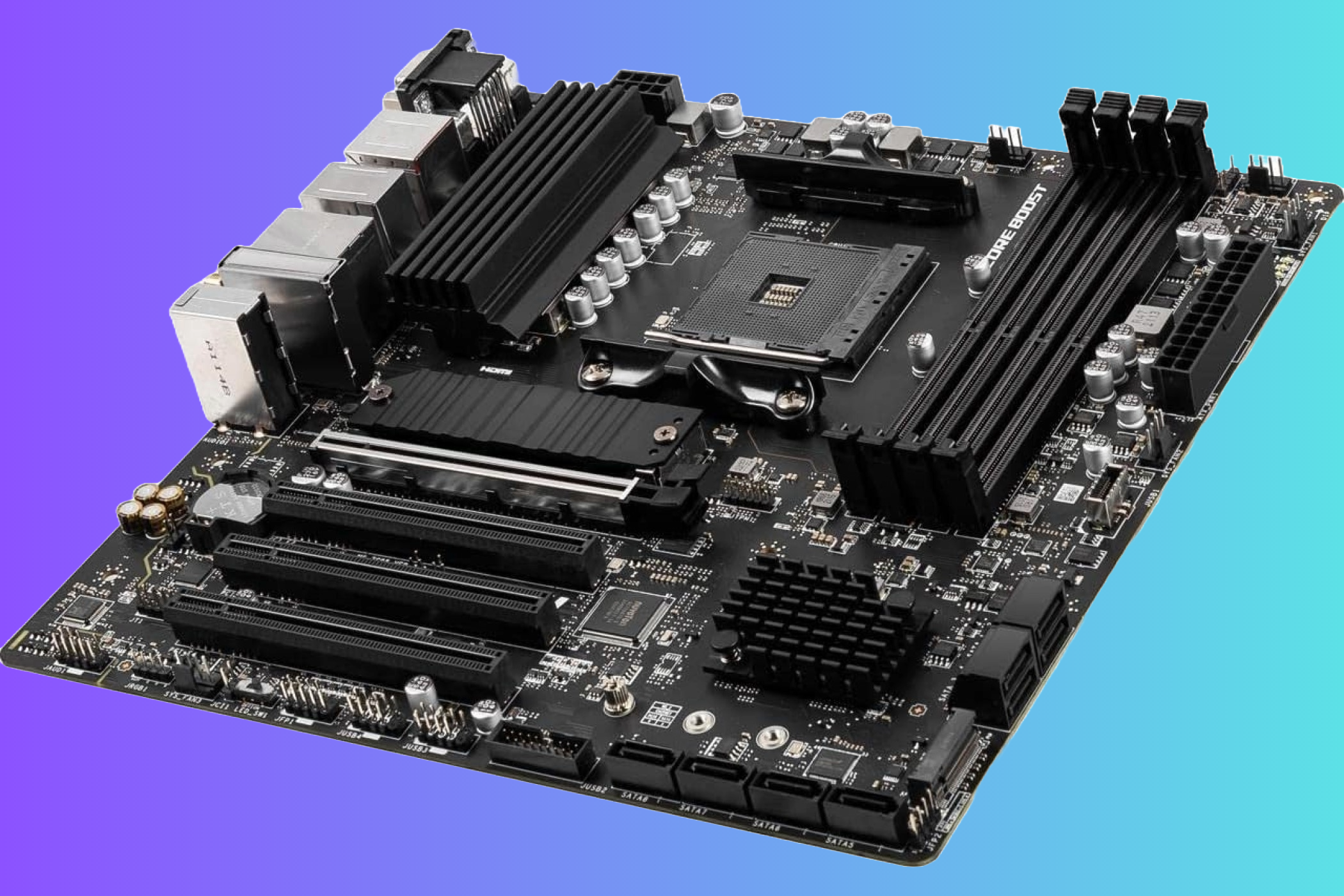
Related
Why I Only Buy Budget Motherboards
And why you should, too.
Now, you might ask, “But which DDR5-6000 CL30 kits do you recommend?” Don’t worry; I’ve got you covered.
The best overall choice is the G.SKILL Trident Z5 Neo RGB 32GB memory kit, which AMD included as part of the official Zen 5 review kit. This is a DDR5-6000 CL30 memory kit made of two RAM modules designed specifically for AMD CPUs. It should work well with any Zen 4 and Zen 5 CPU, allowing you to achieve the ideal 1:1 frequency ratio.
Need more RAM? Get the CORSAIR Vengeance DDR5 48GB memory kit. This is another DDR5-6000 CL30 memory kit with AMD Expo support, but this time, you’re getting 48GB of memory instead of 32GB. You can opt for the 64GB version of the kit if you plan to use your PC for intensive, memory-hungry work.
Want to save some cash or simply don’t like RGB? The G.SKILL Flare X5 DDR5-6000 CL30 32GB kit is just what you’re looking for.
While you can certainly pair your Zen 4 or Zen 5 CPU with memory faster than DDR5-6000, you won’t gain much of a performance boost by doing so. As you’ve seen, using faster memory will cause the memory controller inside the CPU to work at a lower frequency, resulting in slim performance boosts that don’t justify the higher price. If you ask me, and AMD for that matter, DDR5-6000 CL30 is the sweet spot for every AM5 Ryzen CPU, from the budget-friendly Ryzen 7600 to high-end beasts such as the Ryzen 9800X3D and Ryzen 9950X3D.
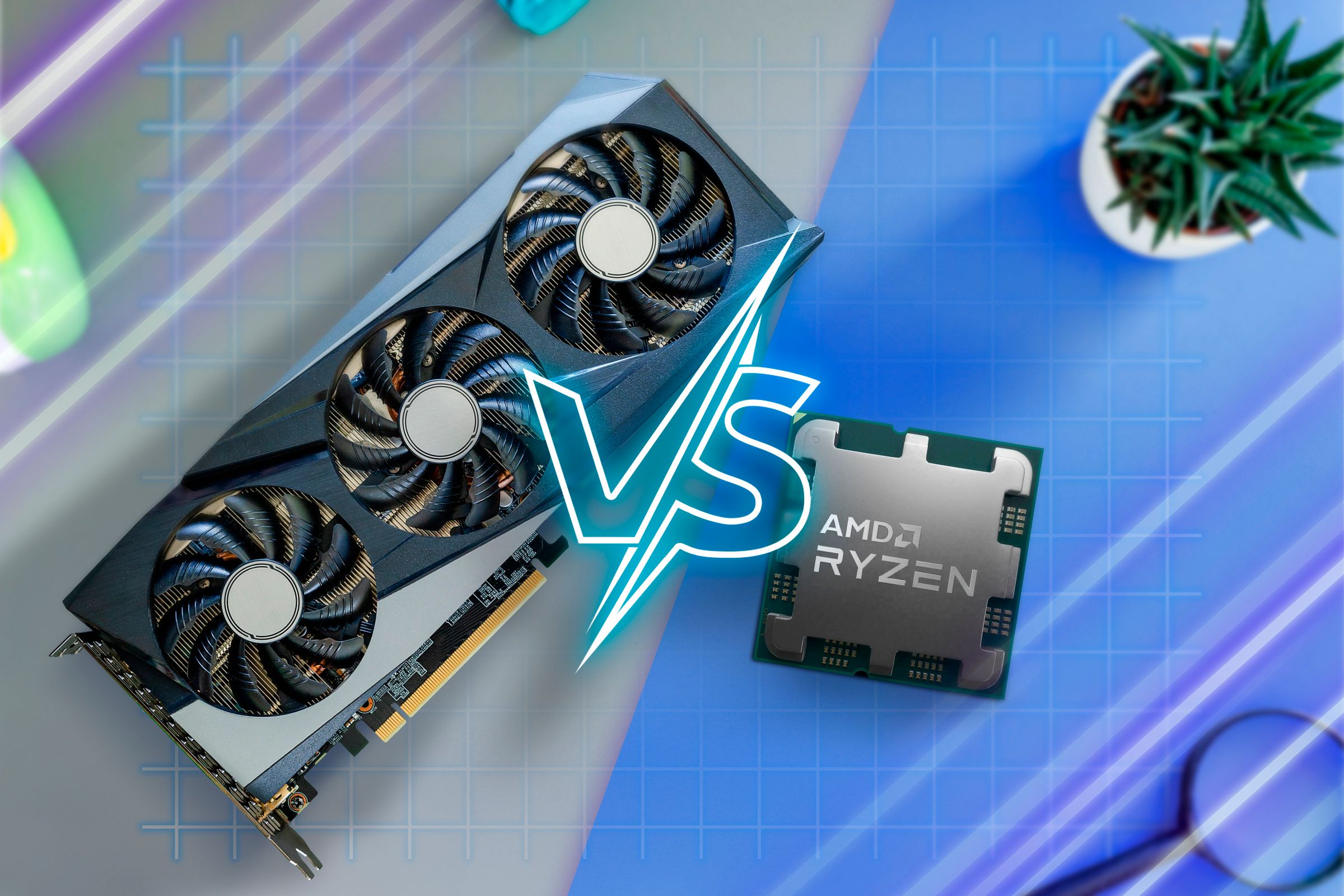
Related
4 Reasons to Upgrade Your Gaming PC CPU Instead of the GPU
The CPU is important for gaming, too.


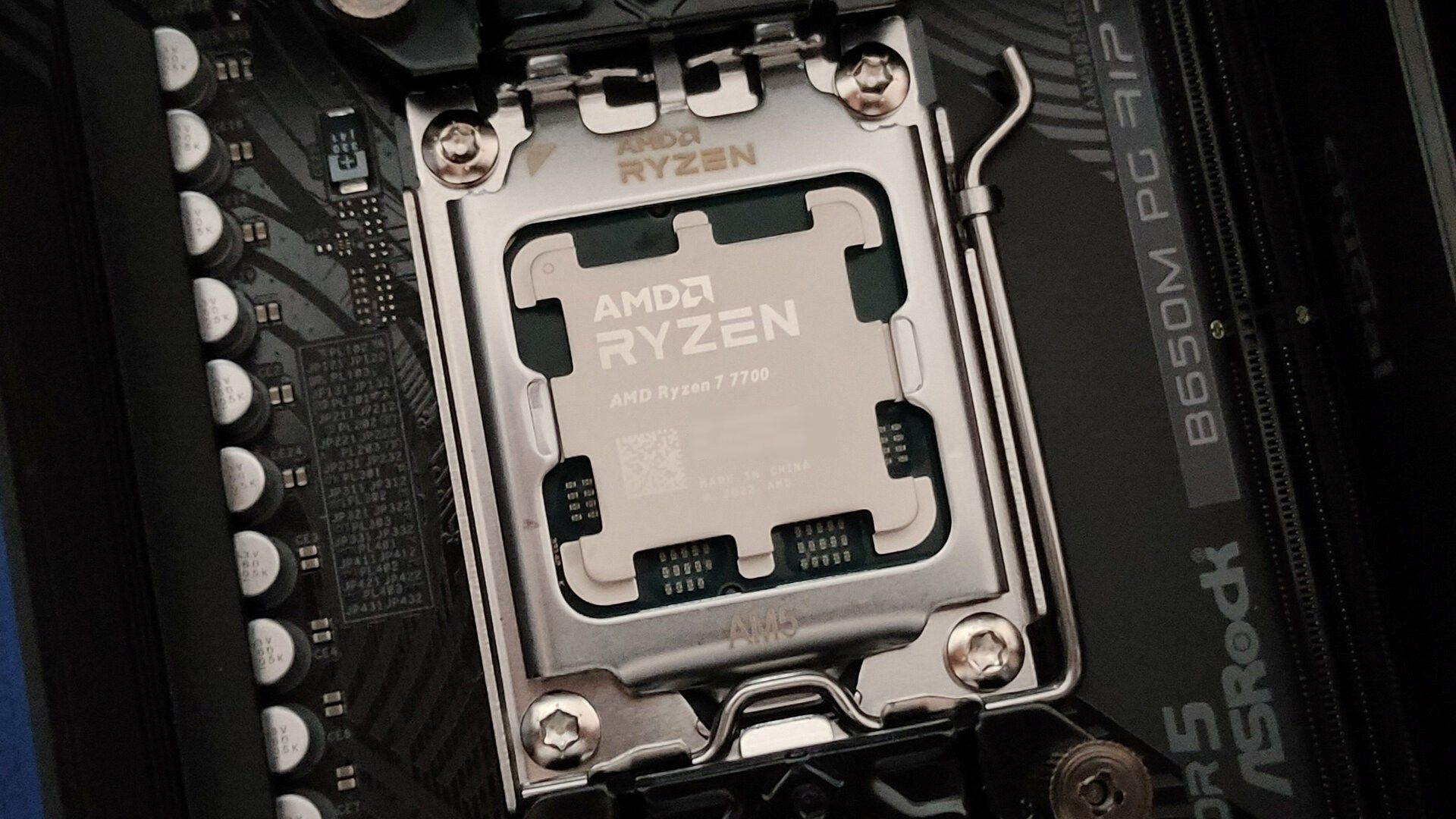
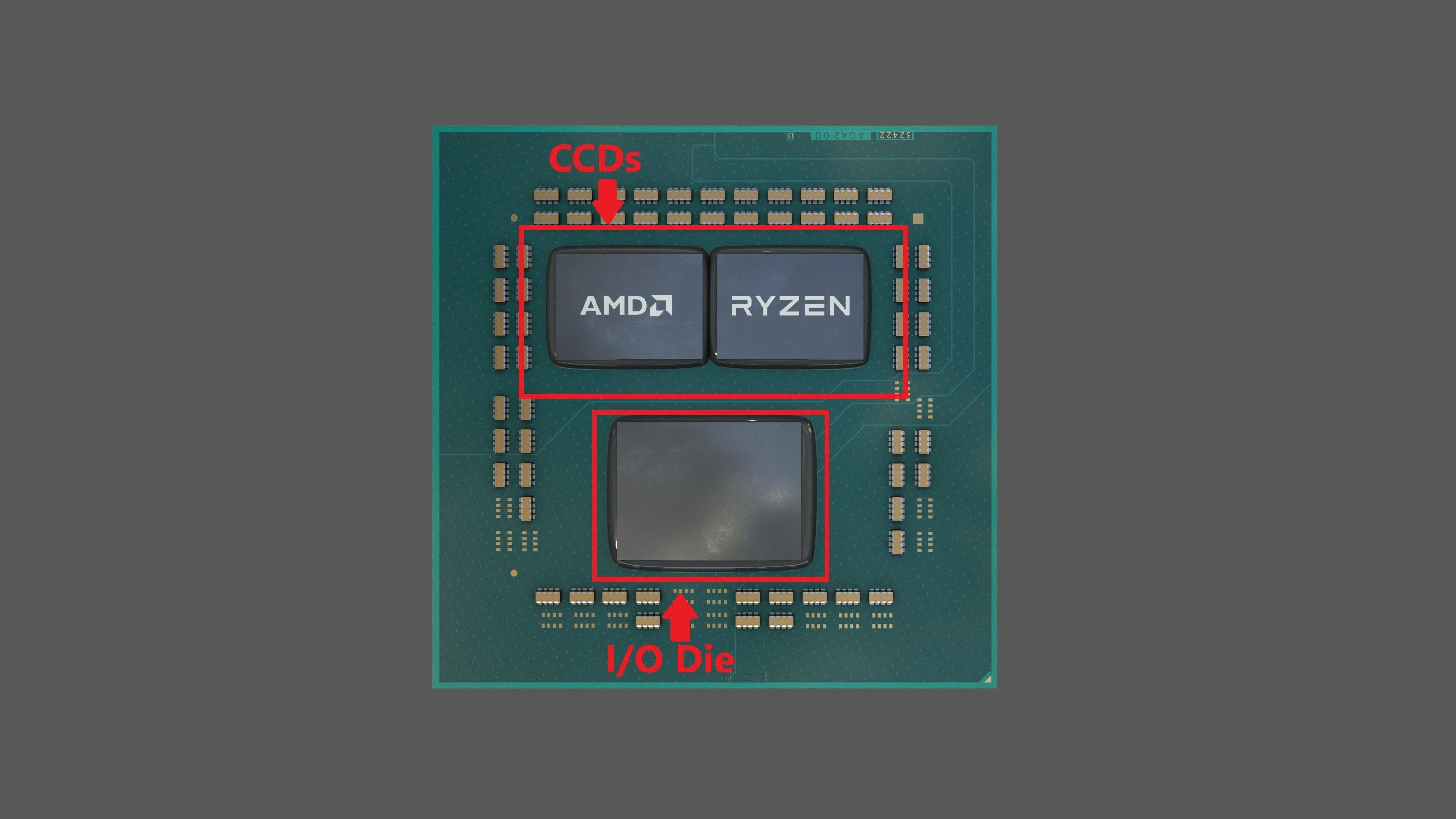
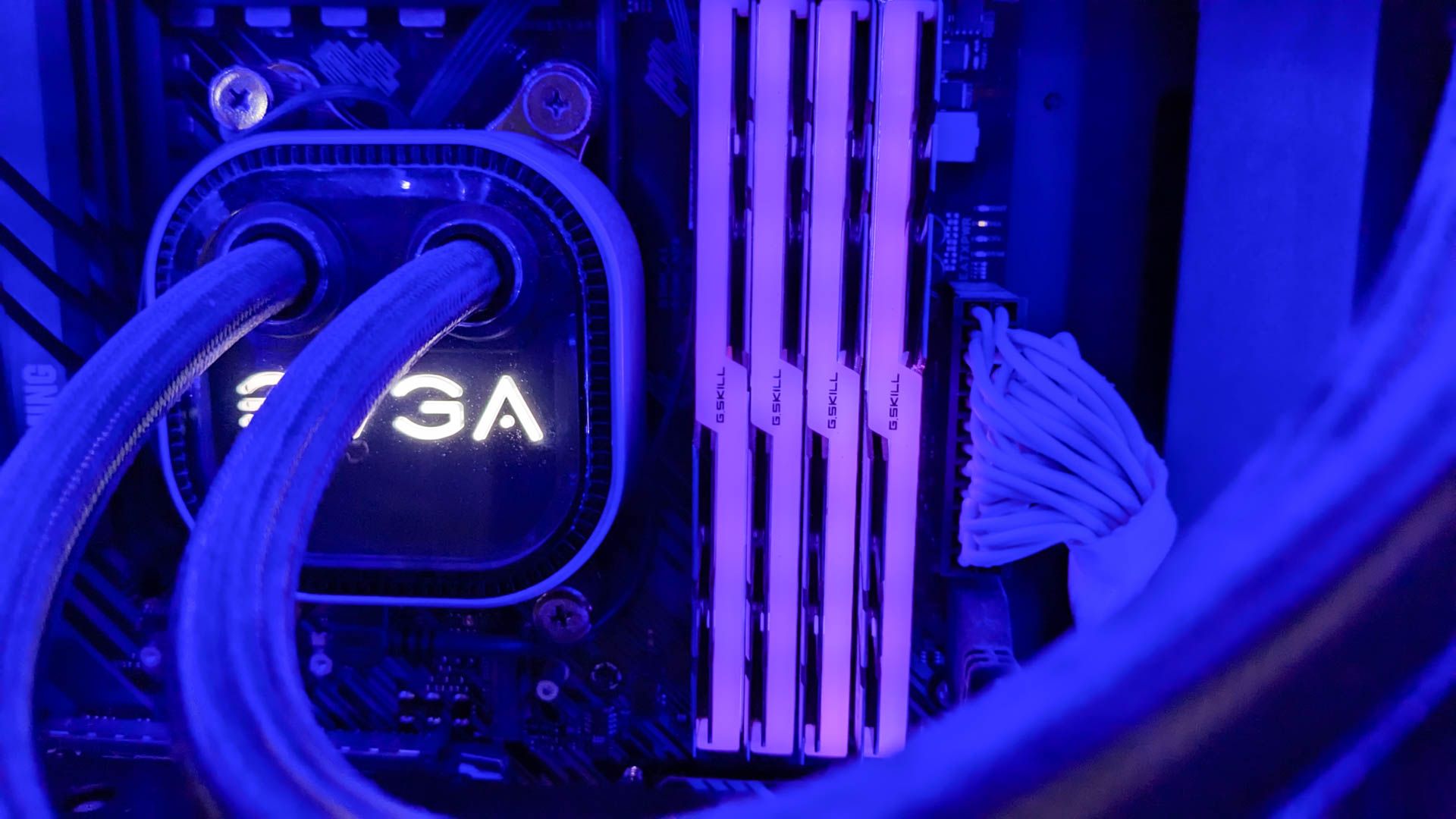
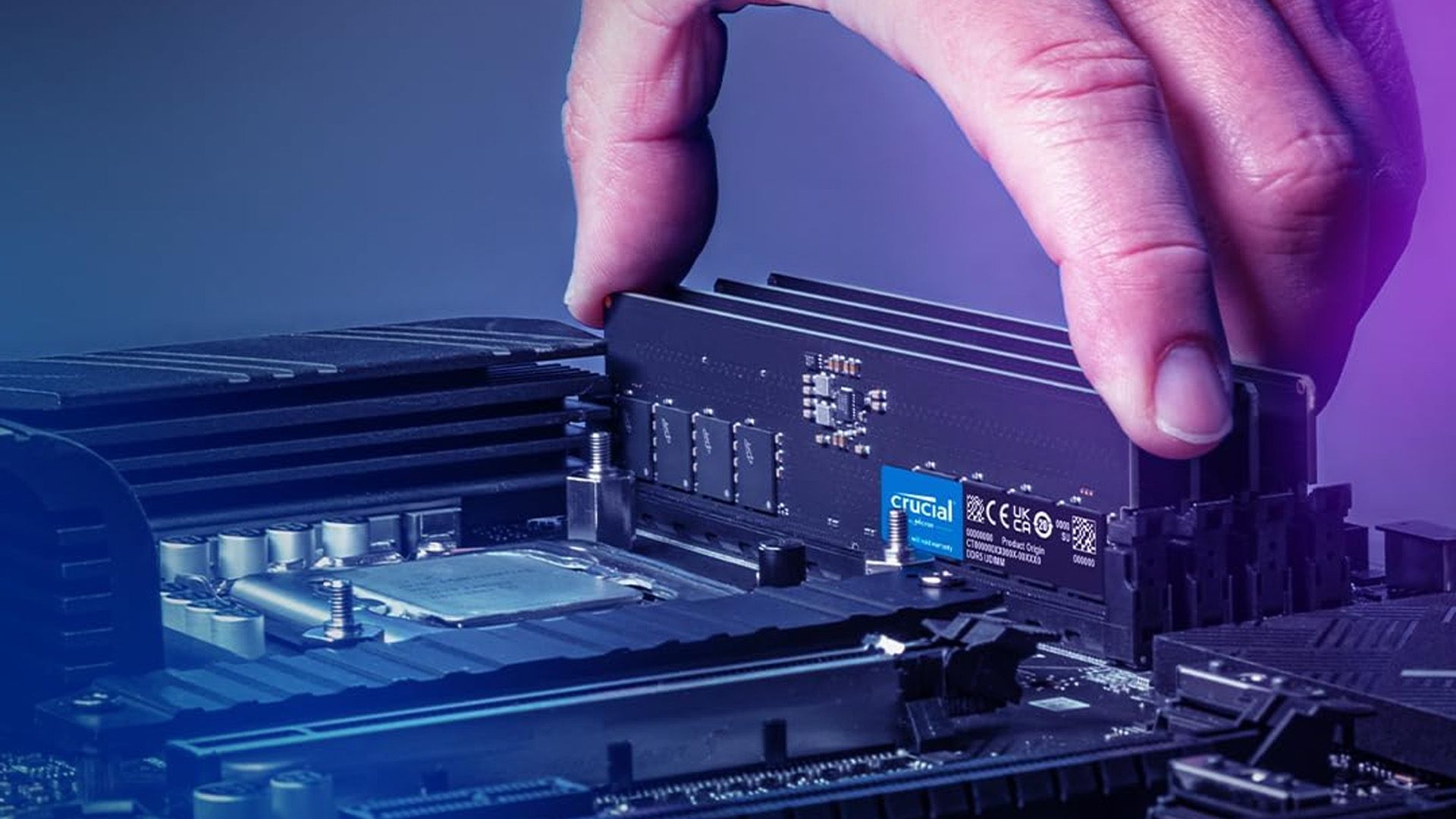
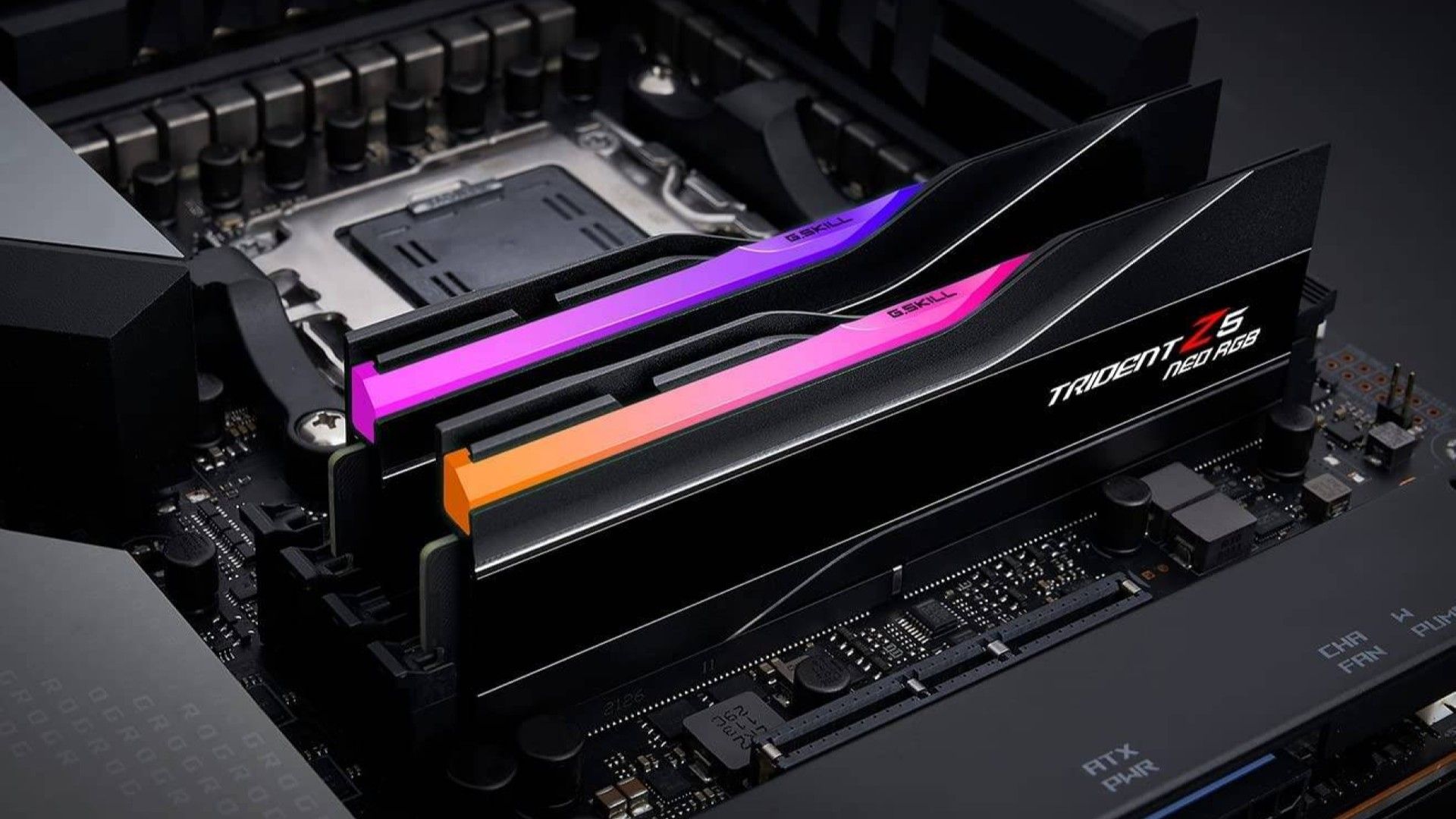
:max_bytes(150000):strip_icc()/emiliano-cicero-lq87UxGSiEQ-unsplash-a1f8123e0d3d4cf785360e5ac570ba47.jpg?w=1174&resize=1174,862&ssl=1)



Leave a Comment
Your email address will not be published. Required fields are marked *